latest

Samsung is making a $17 billion bet on Texas that could help alleviate the chip shortage
But this new factory won't be chipping in for a few years
Amidst the many economic threads of the current pandemic story that's still being written, Samsung is adding to the subplot by announcing that it will invest $17 billion in building a new semiconductor foundry in Texas.

Good riddance to bubbles as Google's dialer app starts adopting 'chips' on Android 12
Goes great with fish
"Chat heads" have been roundly criticized by Android users as one of the most annoying user experiences and design aspects on the platform. Those peeved by the so-called bubbles may soon find at least some relief with Android 12, as Google's dialer app looks to go in a new direction with chips.

The line between 'flagship' and mid-range just gets blurrier with Qualcomm's newest chip
The Snapdragon 780G jumps from 7nm to 5nm, matching the 888
Phones based on Qualcomm's 700-series Snapdragon processors have been a hit as of late, combining serious performance with surprising value. Today the company announced its most powerful entrant in the series, the Snapdragon 780G. Versus the 765G as seen in recent Pixels, the 780G uses a 5nm fabrication process, allowing for faster speeds and greater efficiency.
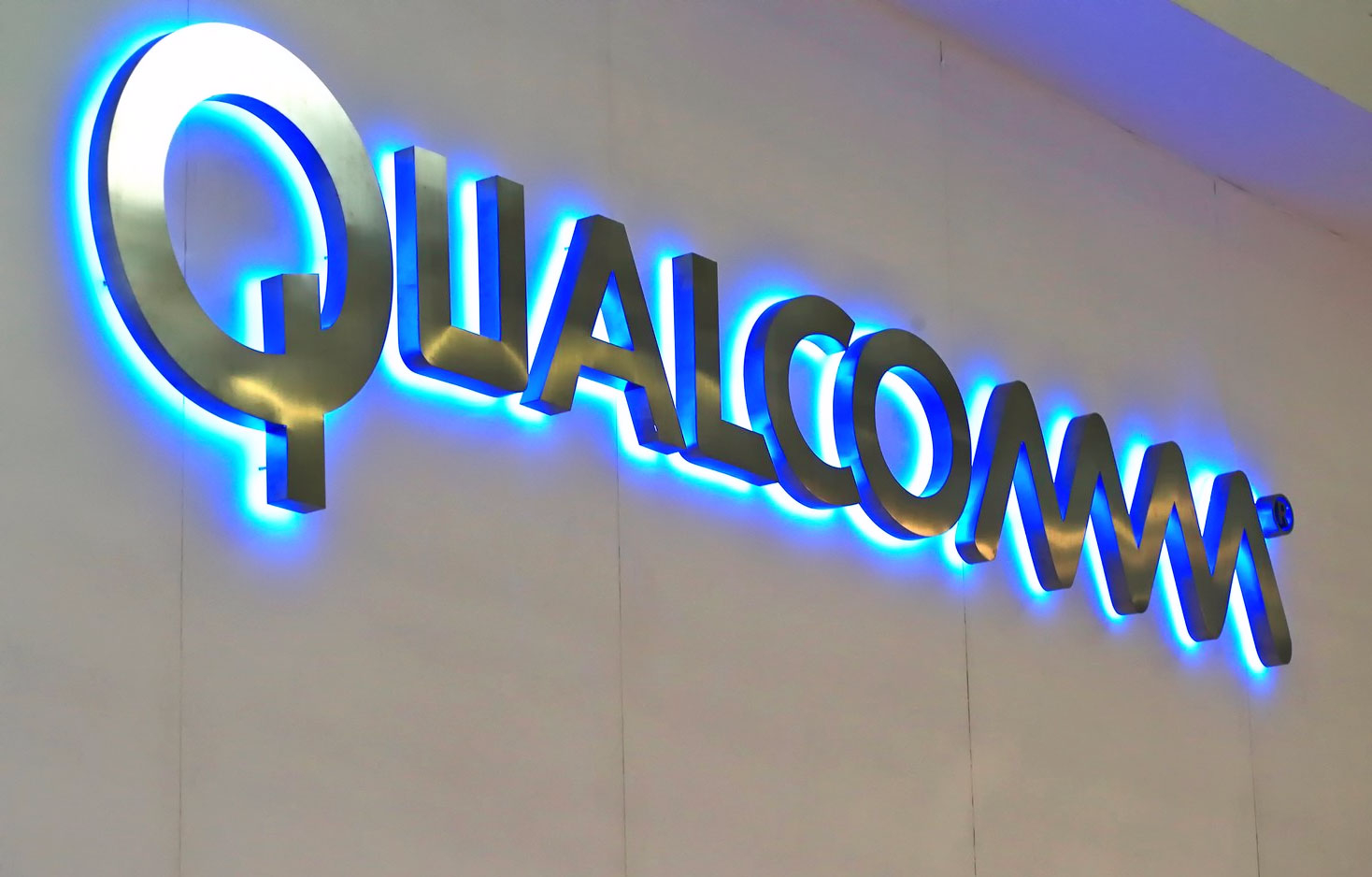
The Federal Trade Commission (FTC) launched a legal case against Qualcomm in 2017, and US District Judge Lucy Koh has just issued a scathing ruling against the dominant chipmaker. Koh's 233-page ruling details how Qualcomm illegally used its leverage in the market to stifle competition and impose unfair fees. As a result, Qualcomm's stock price has taken a nosedive.

Qualcomm doesn't make smartwatches (anymore), but it does make smartwatch chips. Almost all Wear OS devices for the last several years have run the aging Snapdragon Wear 2100. Rumors have swirled in recent months that Qualcomm would finally launch a modern successor, and September 10th might be the day.
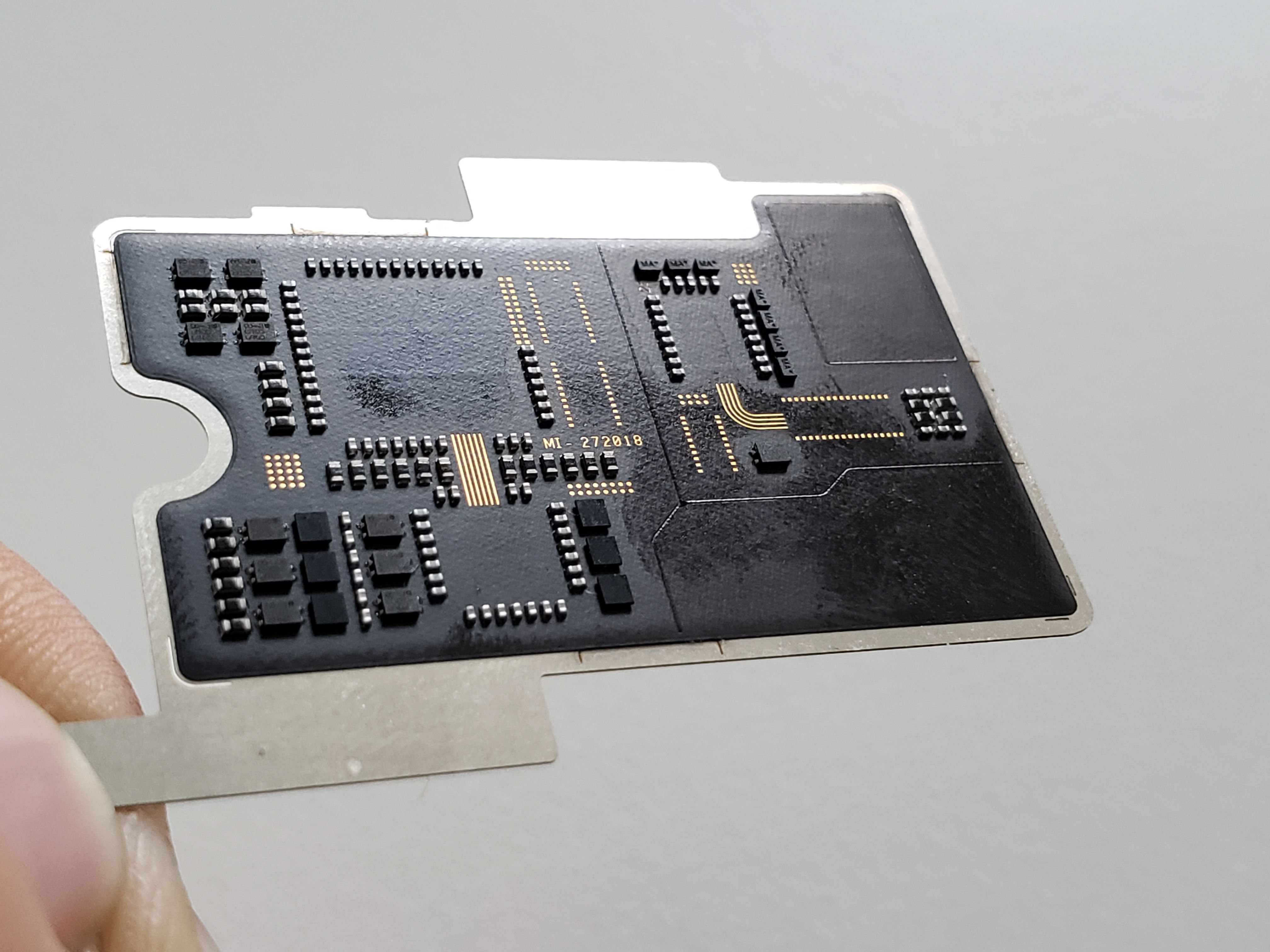
A few months back, Xiaomi attracted attention for the transparent Xiaomi Mi 8 Explorer Edition. Of course, it wasn't all positive attention. The phone has an improbable window on the back with components neatly arranged in a grid. We were skeptical from the start because that's not how real circuit boards look, and now a picture of the actual component confirms this is just a fake model of a PCB.
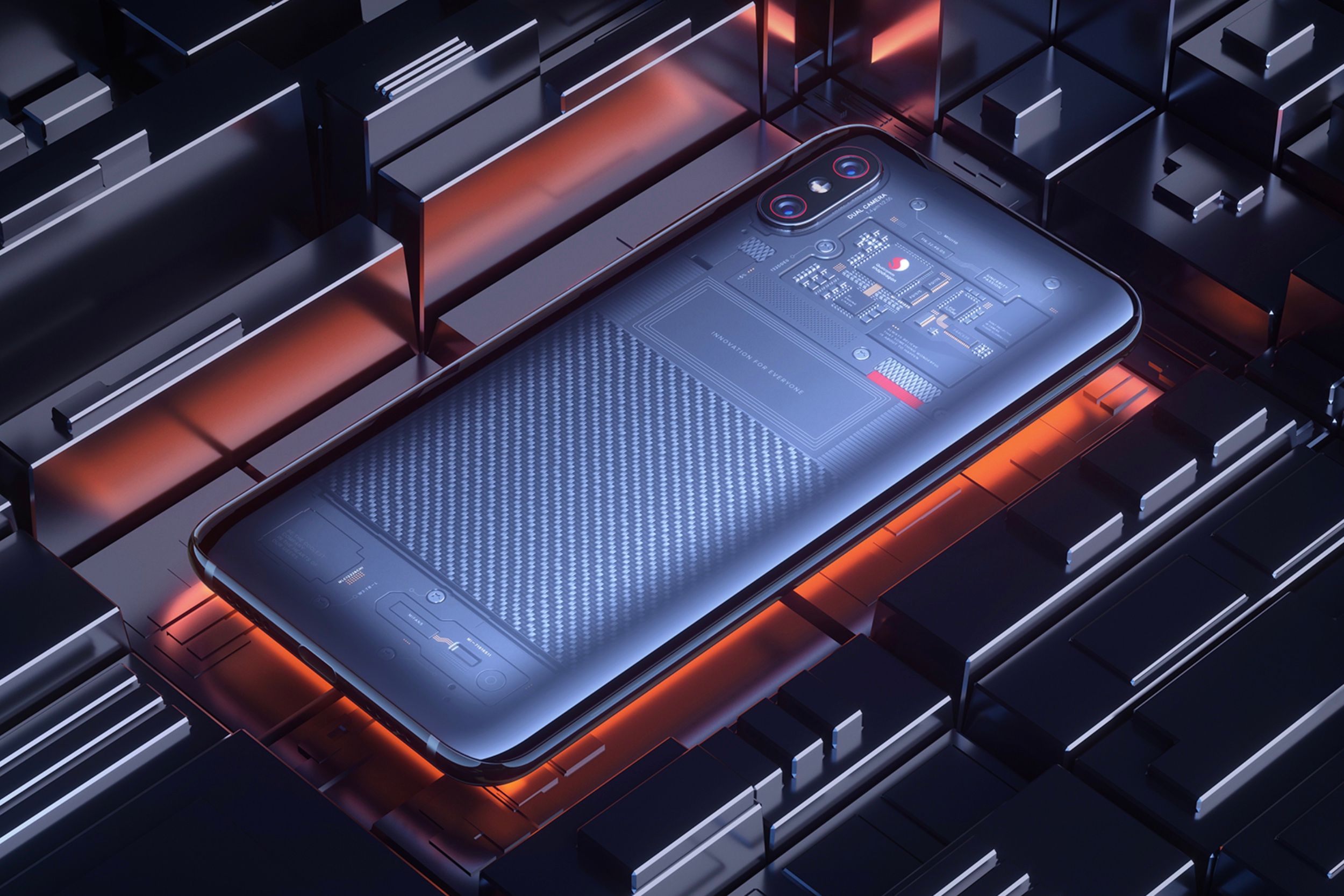
Read update
Xiaomi announced some new phones today, which I'm sure will sell in huge numbers (just not in the US). Among the new devices was the Xiaomi Mi 8 Explorer Edition. This phone is like the regular M8 except it has a transparent glass back that shows off suspiciously pretty internal components. Really, there's a little Snapdragon logo on what purports to be the SoC. This could all be smoke and mirrors.
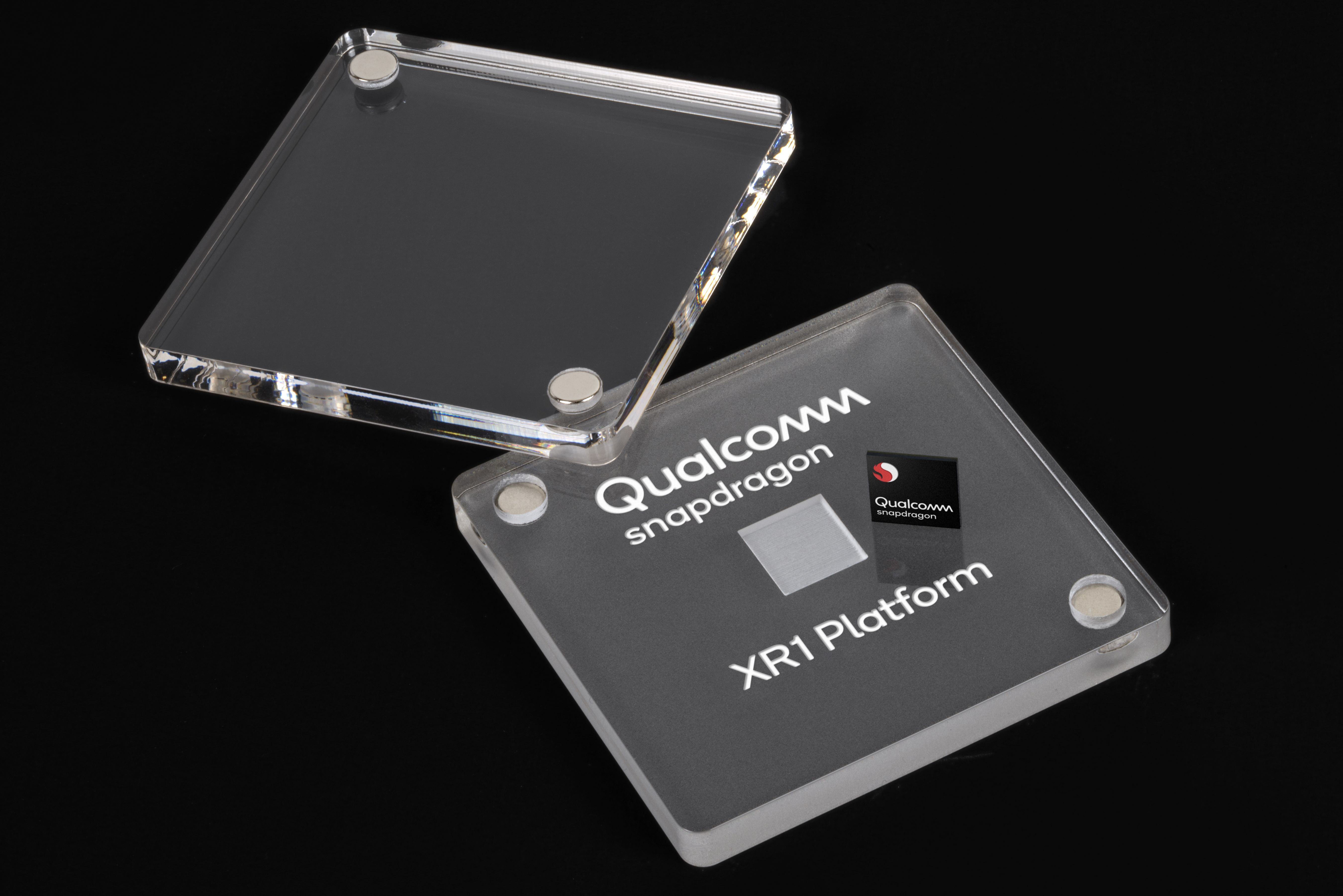
Consumer virtual reality started picking up steam a few years ago, but both desktop and mobile VR required a separate device to power the experience—either a PC or a smartphone. We're starting to see the first standalone VR headsets now with the Oculus Go and Lenovo Mirage. These headsets have Qualcomm chips, but they're the same ones used in phones. Qualcomm has just announced a new design purpose-built for VR and AR applications. It's called the Snapdragon XR1, and it'll launch later this year.

Last month, it was revealed that Facebook is working on its own smart speaker. That product has now been delayed amid Facebook's ongoing privacy scandals, but future versions of it could use Facebook's own chips. According to Bloomberg, the company is looking to design its own chipsets, based on recent job listings.

It's crazy to think that before smartphones were a thing we had to rely on actual physical maps or our own sense of direction to get around on foot, or our satnavs in our cars. We probably take for granted quite how amazing it is that we can whack an address into Google Maps and it'll plot the ideal route from our current location. This is only possible because of the GPS capabilities of our smartphones, and it's set to get even more accurate in the next generation of smartphones.
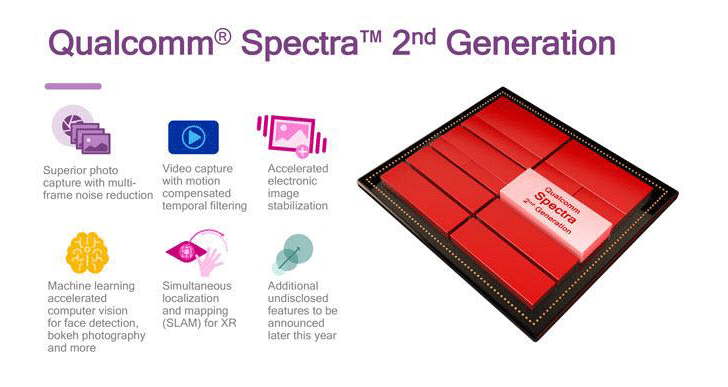
In what could be exciting news for the future of cameras on Android smartphones, Qualcomm has announced an expansion to its Spectra™ Module Program. This will open mobile devices up to high-resolution depth sensing and better biometric authentication.

Have you recently stopped to think about what modern smartphones can do? It's amazing how much power is packed into these small little devices that we carry around all day, and it's even more amazing that most of that power resides in teeny tiny chips that are lodged somewhere between the huge screen and the big battery.
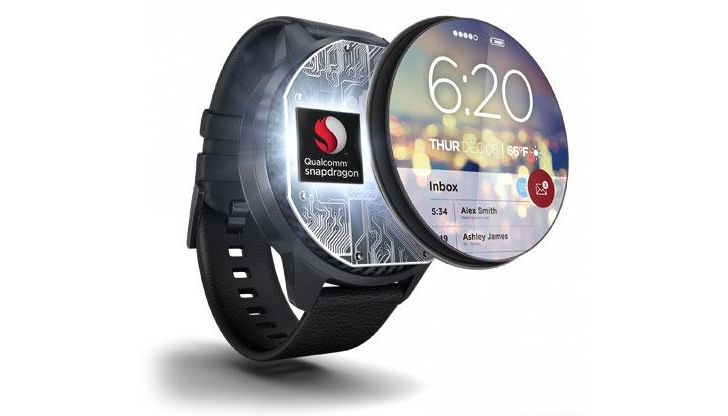
Qualcomm did not have a great 2015 with the issues surrounding the 810, but it's looking to turn that around in 2016. The Snapdragon 820 might help, but the fancy high-end chips aren't everything. Qualcomm has announced several new mid-range ARM chips, as well as a new modem and a wearable-specific SoC.
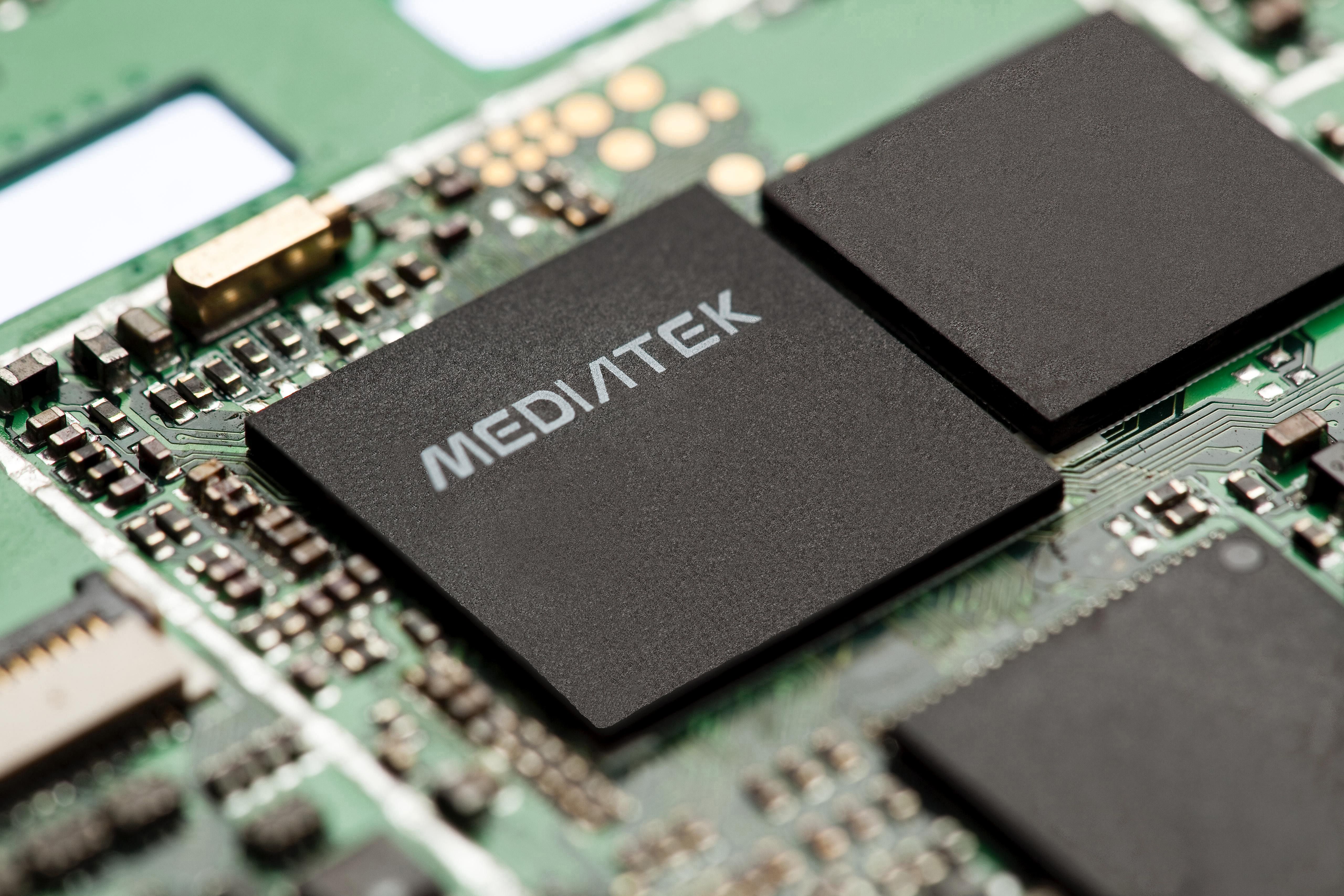
Most smart watches and similar wearables use re-purposed phone processors like the Snapdragon 400. MediaTek is trying to offer a more focused alternative with the just-announced MT2523. It's a complete system-in-package (SiP) for wearables with GPS, dual-mode Bluetooth LE, support for high-resolution screens, and a highly efficient Cortex M4 CPU.
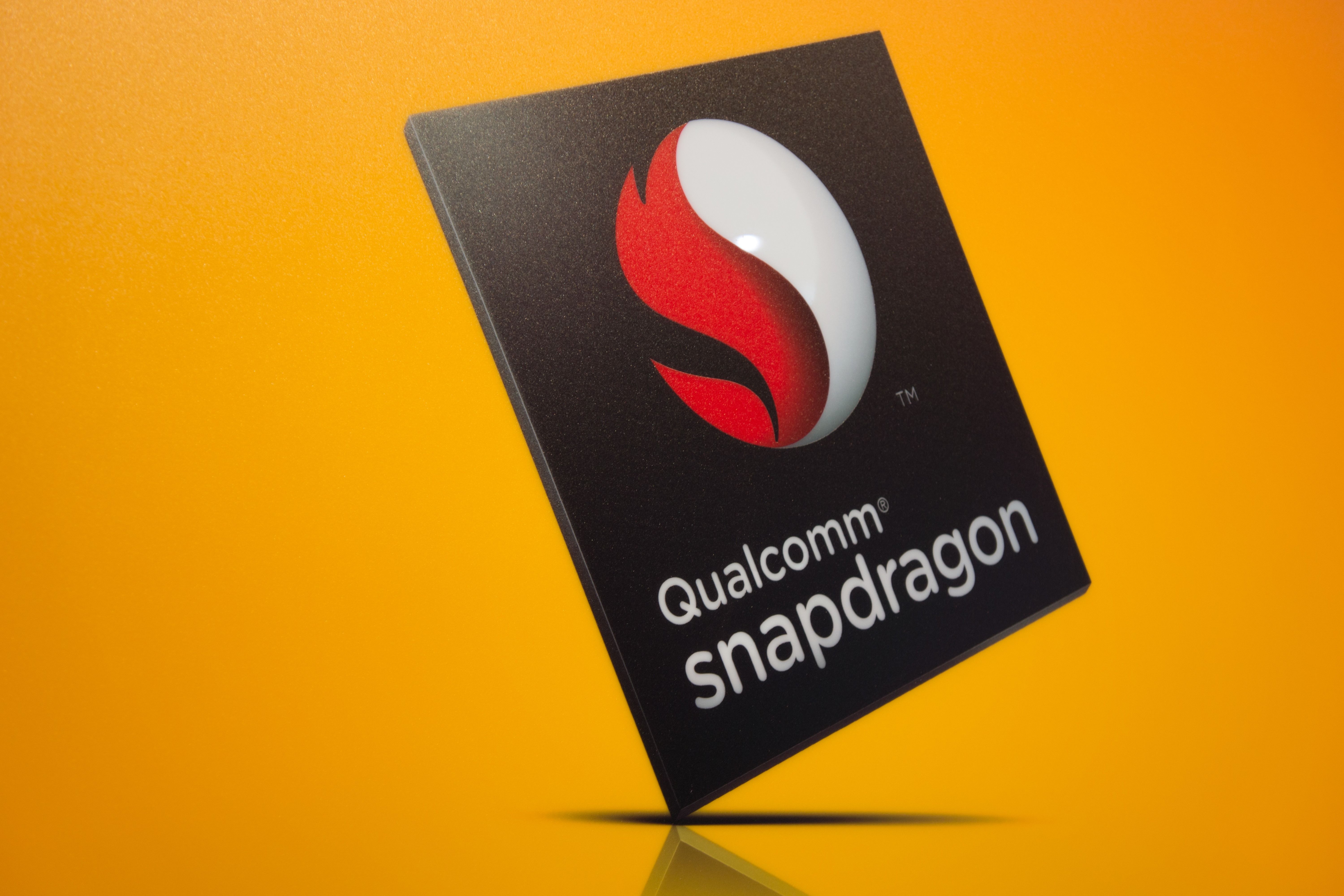
Qualcomm's high-end processors aren't exactly without their flaws right now, but the mid-range and entry level chips from the company are still seen as the best bang for the buck. The most popular budget SoCs from Qualcomm have gotten a little spec bump, but the company didn't think that was worth even a proper press release. No matter, we've got the details on the Snapdragon 212, 412, and 616.
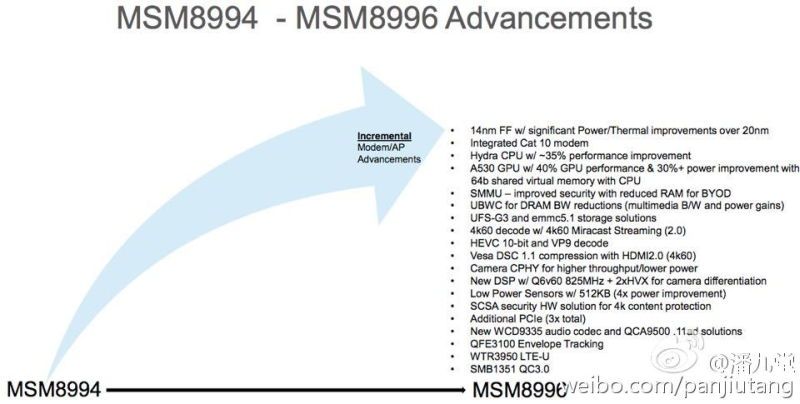
You are probably familiar with the issues surrounding the Snapdragon 810 by now, but a new chip is right around the corner that could get Qualcomm back on track. I speak of course of the fabled Snapdragon 820 (MSM8996). Details of this chip have allegedly been leaked in China, and while we can't know for sure that they're accurate, the slides sure look legit.

You've probably heard of Bitcoin once or twice by this point, even if you're not entirely clear on how it works. Until now you've needed to be familiar with the entire process of producing, storing, and spending Bitcoins for the currency to make any difference in your life, but a startup called 21 wants to change that. 21 is pushing Bitcoin mining as a built-in device function. This won't make you rich, but it might change how content and services are managed.

A leaked slide posted to the Chinese social networking service Weibo claims to show what ARM has in store for the next generation of reference designs. There are five total Cortex cores, all with codenames taken from Greek mythology. Some of them include manufacturing process information, but others are lacking in detail.
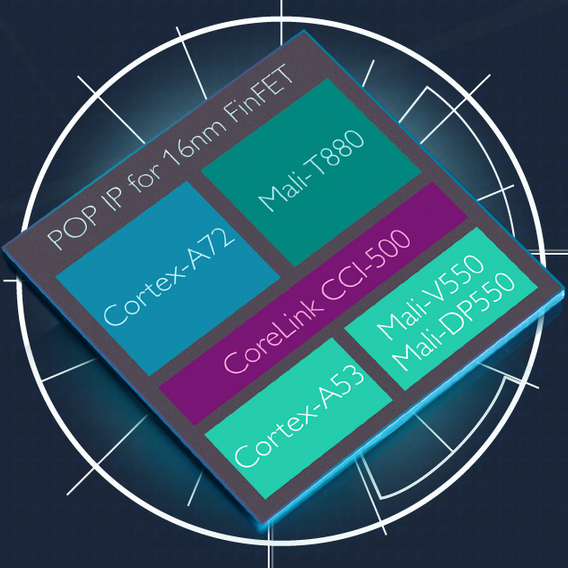
Odds are good that any Android devices you have around are running on ARM technology. The ARM architecture powers virtually all systems-on-a-chip (SoCs), with Intel x86 parts coming in a distant second. ARM doesn't actually make the chips, but it creates the reference designs and instruction set, then licenses the IP. Today the company is announcing some new designs and process refinements for other companies to license.
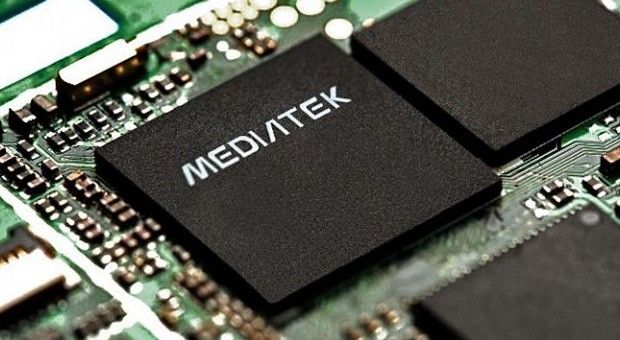
You most often see MediaTek chips in budget smartphones and tablets, but they could soon be showing up in another place—your watch. The company has announced the MT2601, an ARM system-on-a-chip designed with Android Wear in mind. This isn't one of those "later this year" things either. The MT2601 is already in mass production and ready to go.






